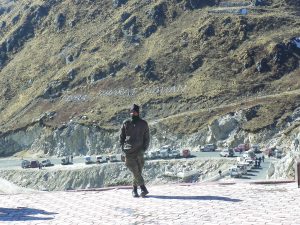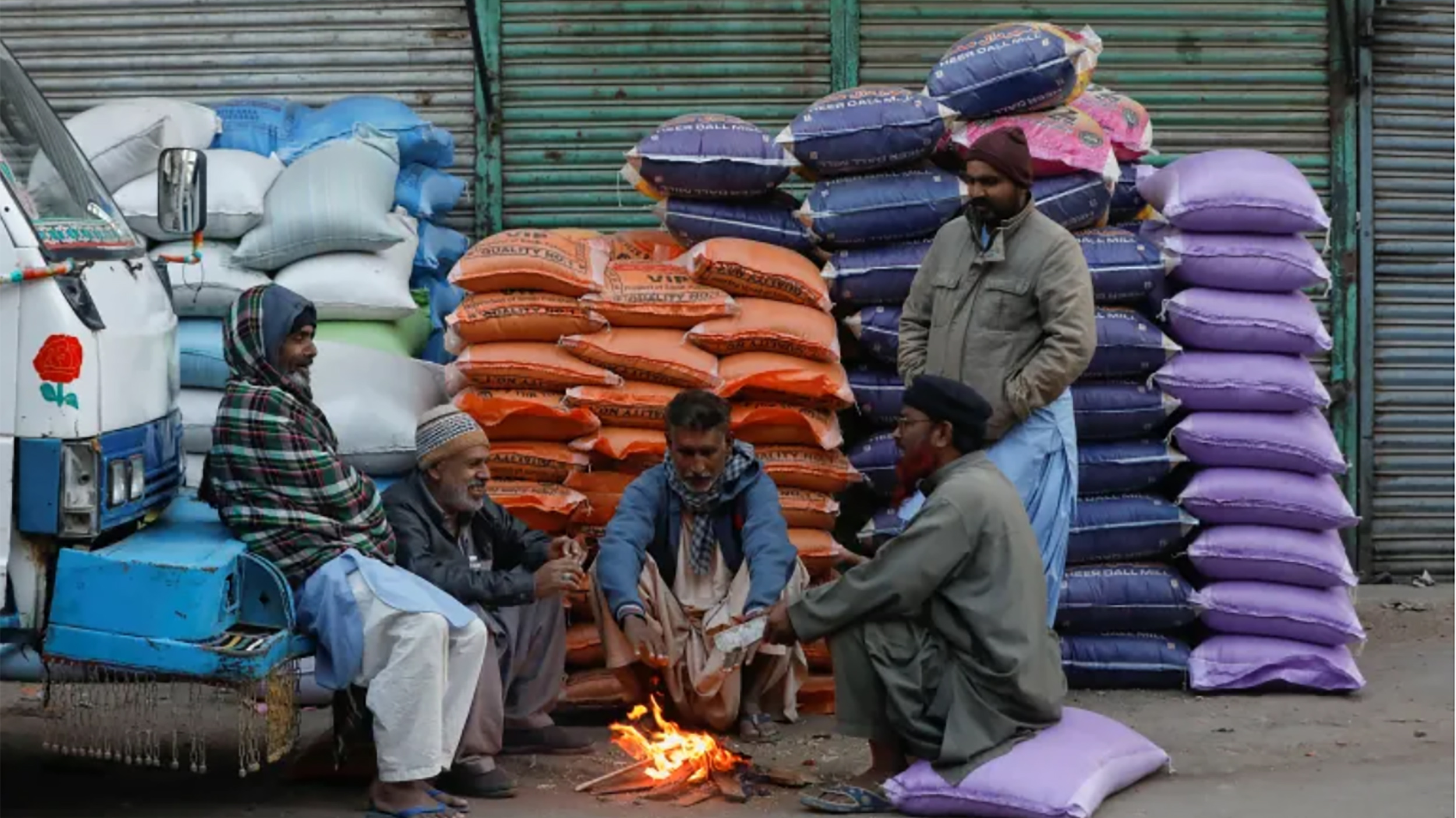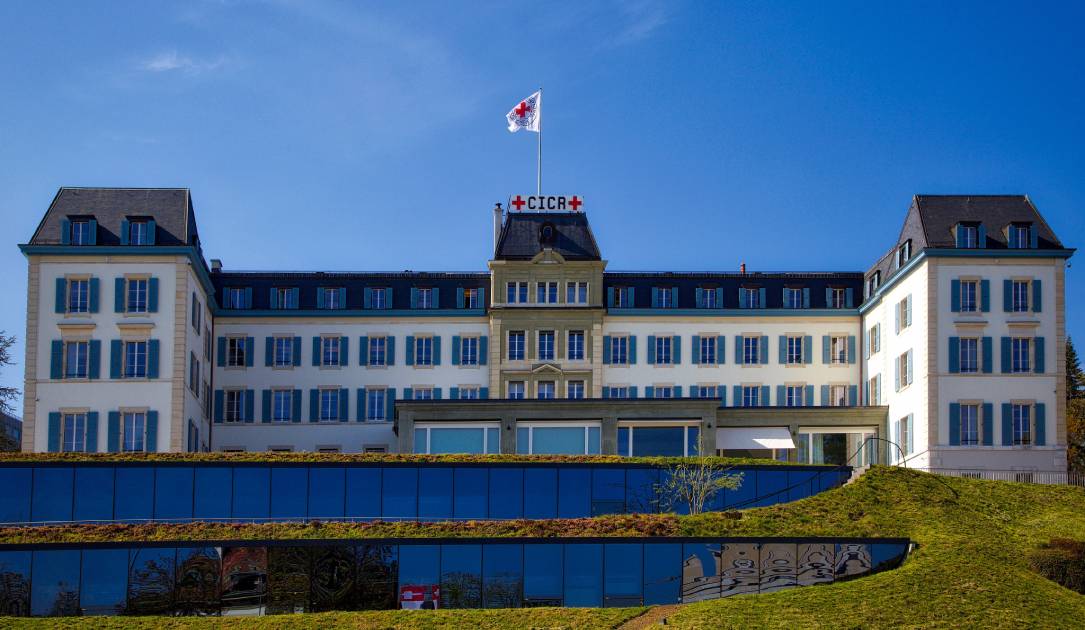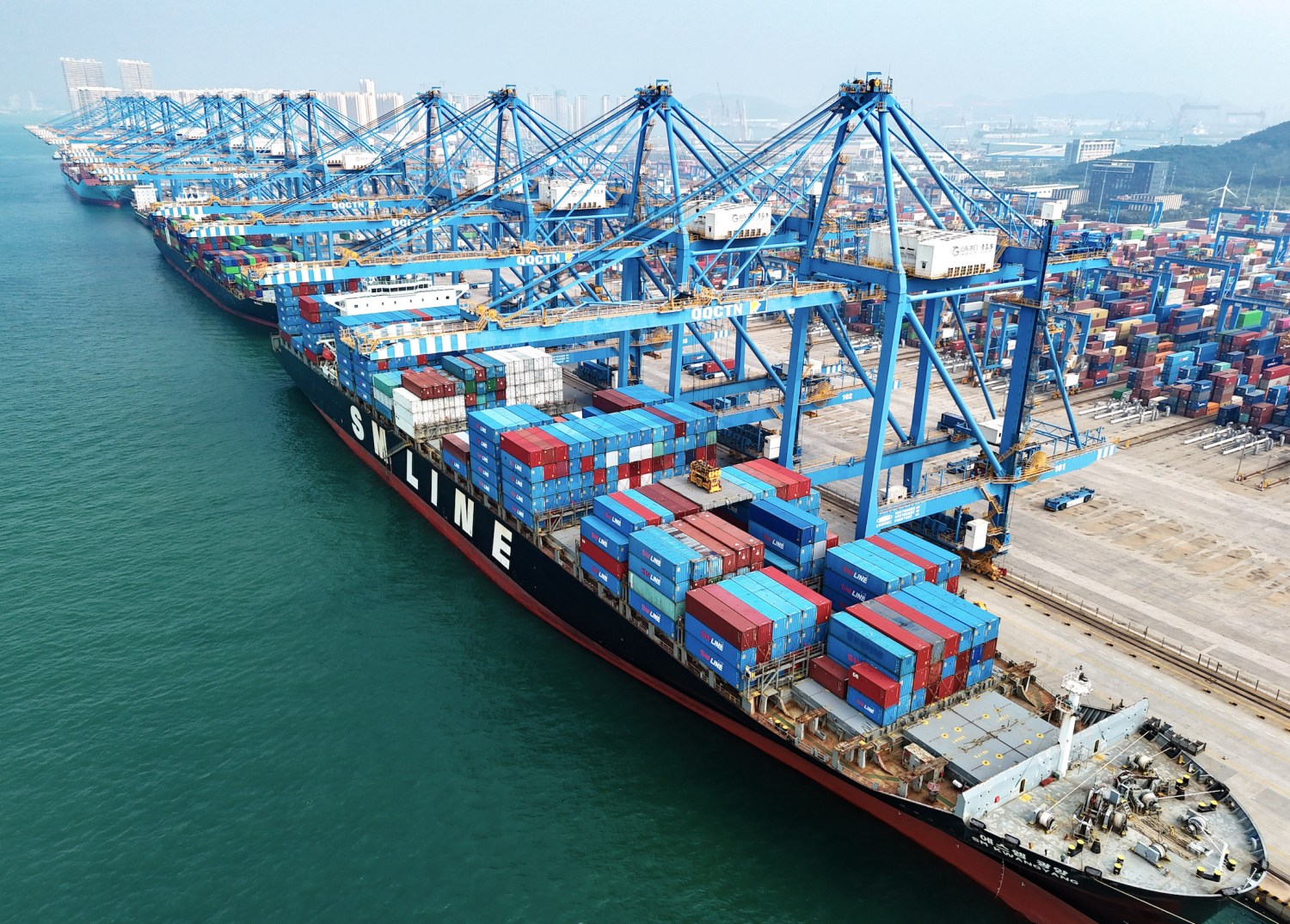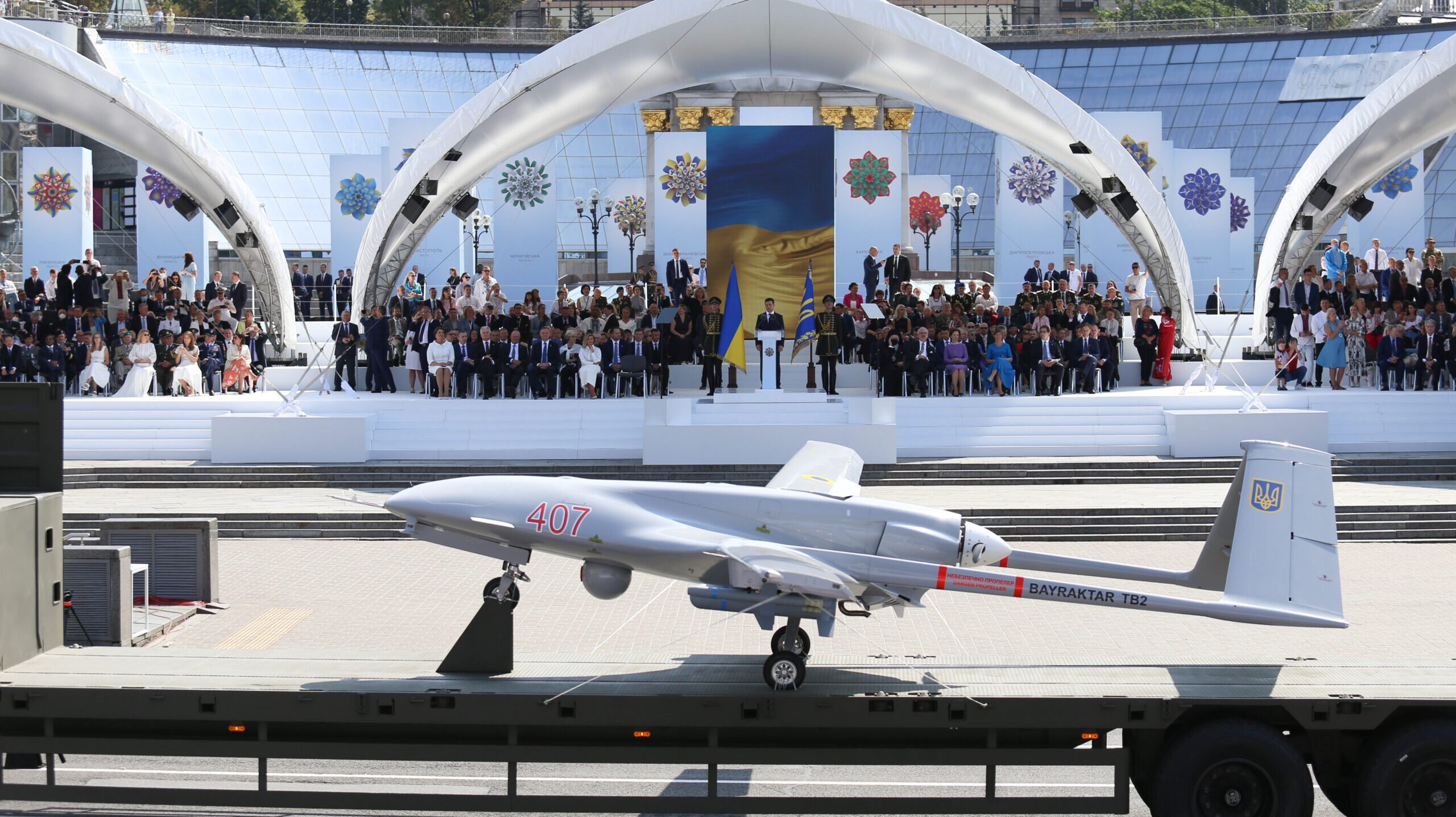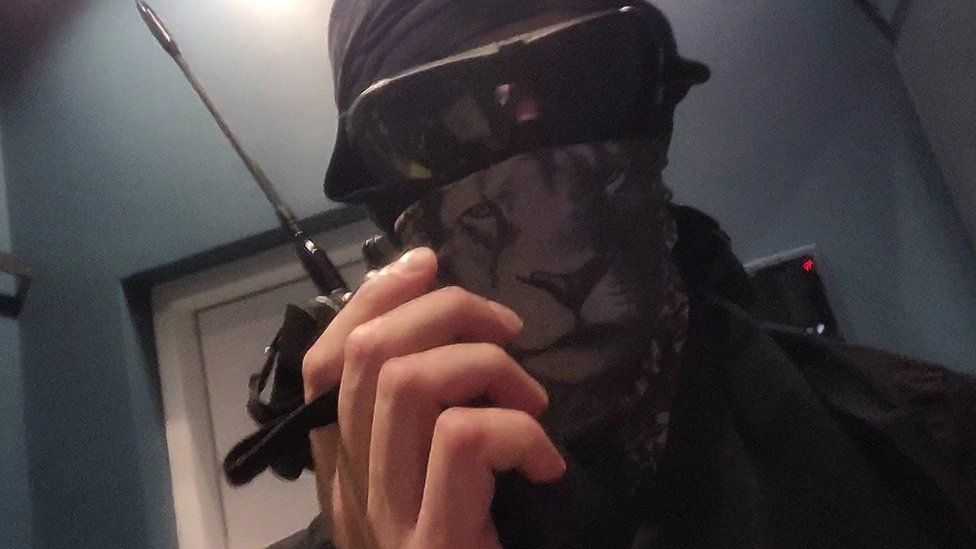Itamar Rabinovich
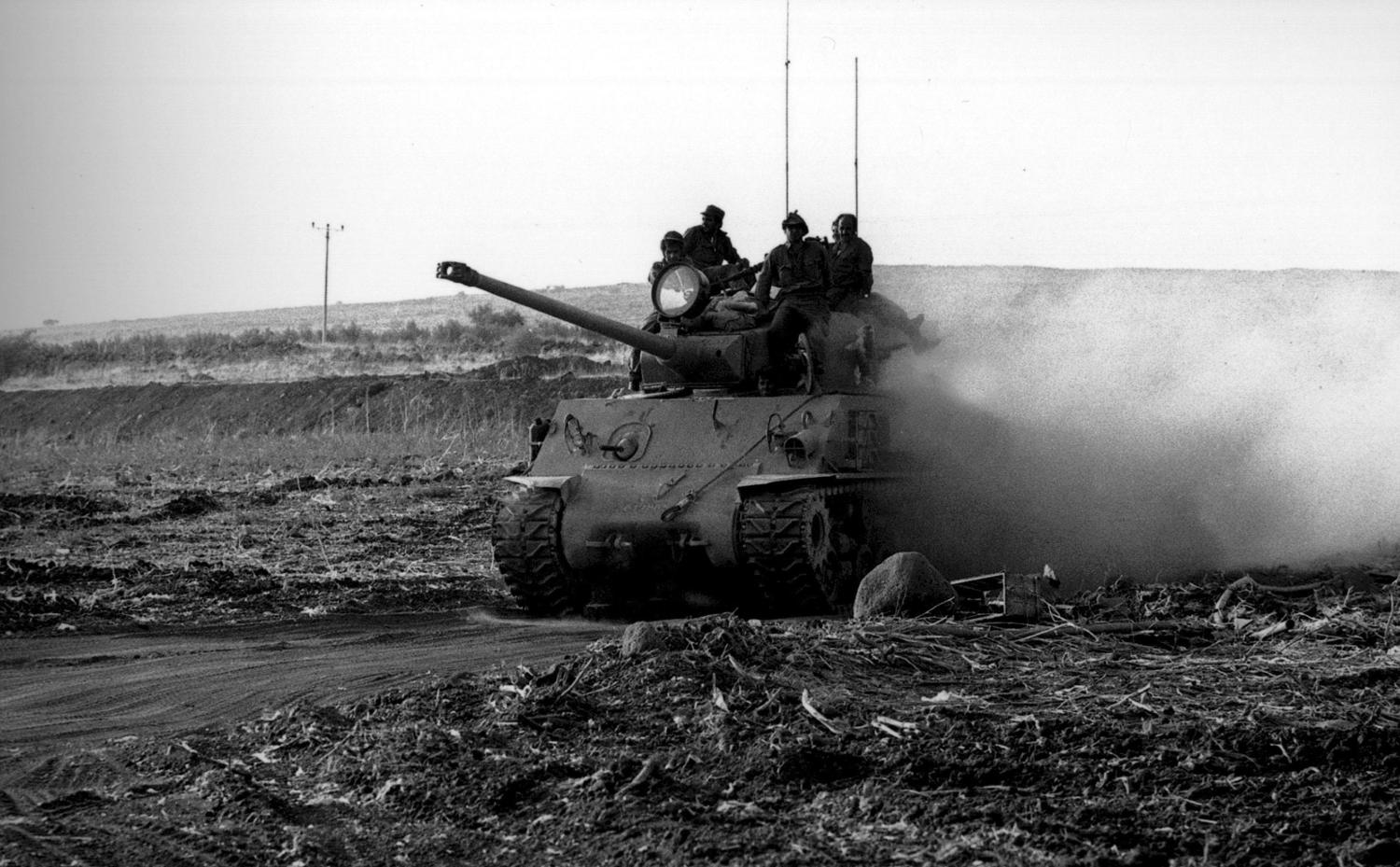
During the past five decades, the Middle East has been shaped by several significant events and developments: the Iranian Revolution (1979), the fall of the Soviet Union (1991), the two Gulf wars (1991 and 2003), the Egyptian-Israeli peace treaty (1979), and the Oslo Process (1993-1995), to name a few. Among these events, the October War of 1973 (the “Yom Kippur War” as it is known in Israel, and the “October War” in Egypt and Syria) stands out as particularly influential.
A limited Egyptian-Syrian partnership
Egypt and Syria launched the October War on October 6, 1973. The Egyptian-Syrian partnership was limited. Syria’s President Hafez al-Assad did not fully share Egyptian President Anwar Sadat’s war aims. Sadat had in mind a limited war, a crossing of the Suez Canal, and the establishment of an Egyptian presence on the canal’s eastern bank in order to force Israel and the United States to enter into a diplomatic process designed to redress the consequences of the 1967 Six-Day War. The initial attack was unexpectedly successful. Sadat devised an effective strategy of using advanced Soviet surface-to-air missiles to neutralize Israel’s air force and armored units. He was also successful in surprising Israel and was unexpectedly aided by the mindset that affected the judgment of Israel’s intelligence community and political leadership.

